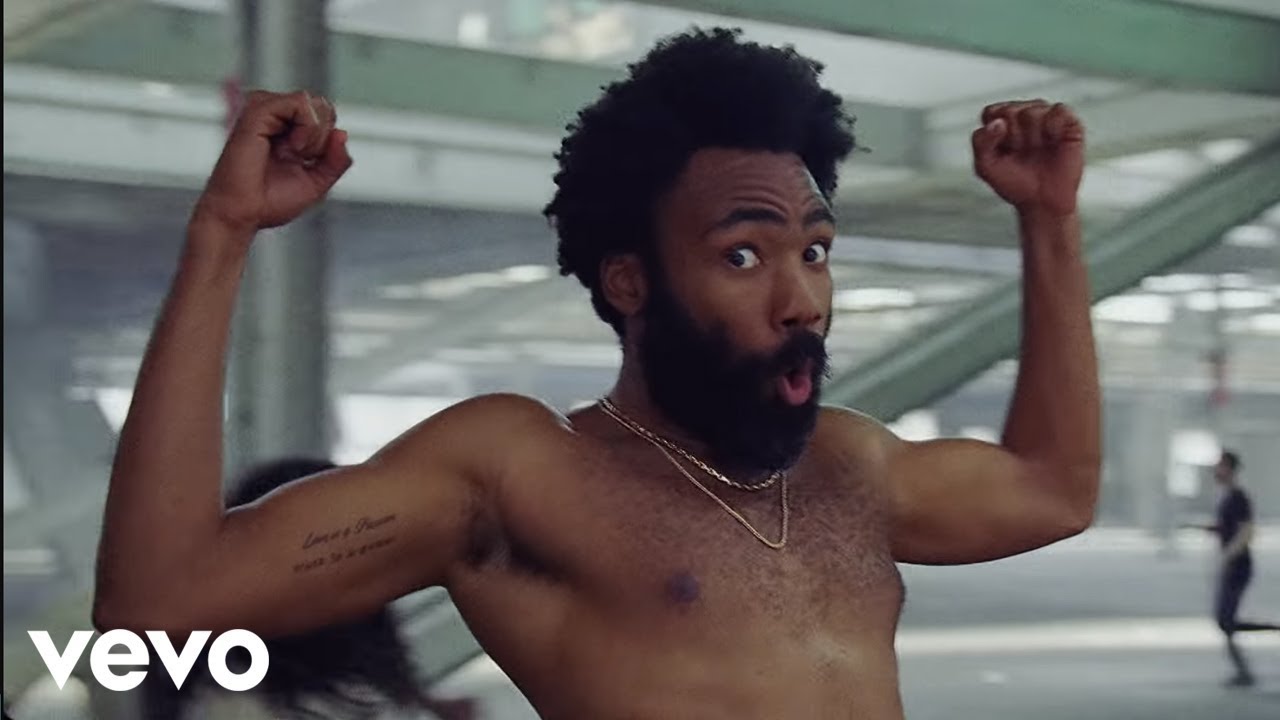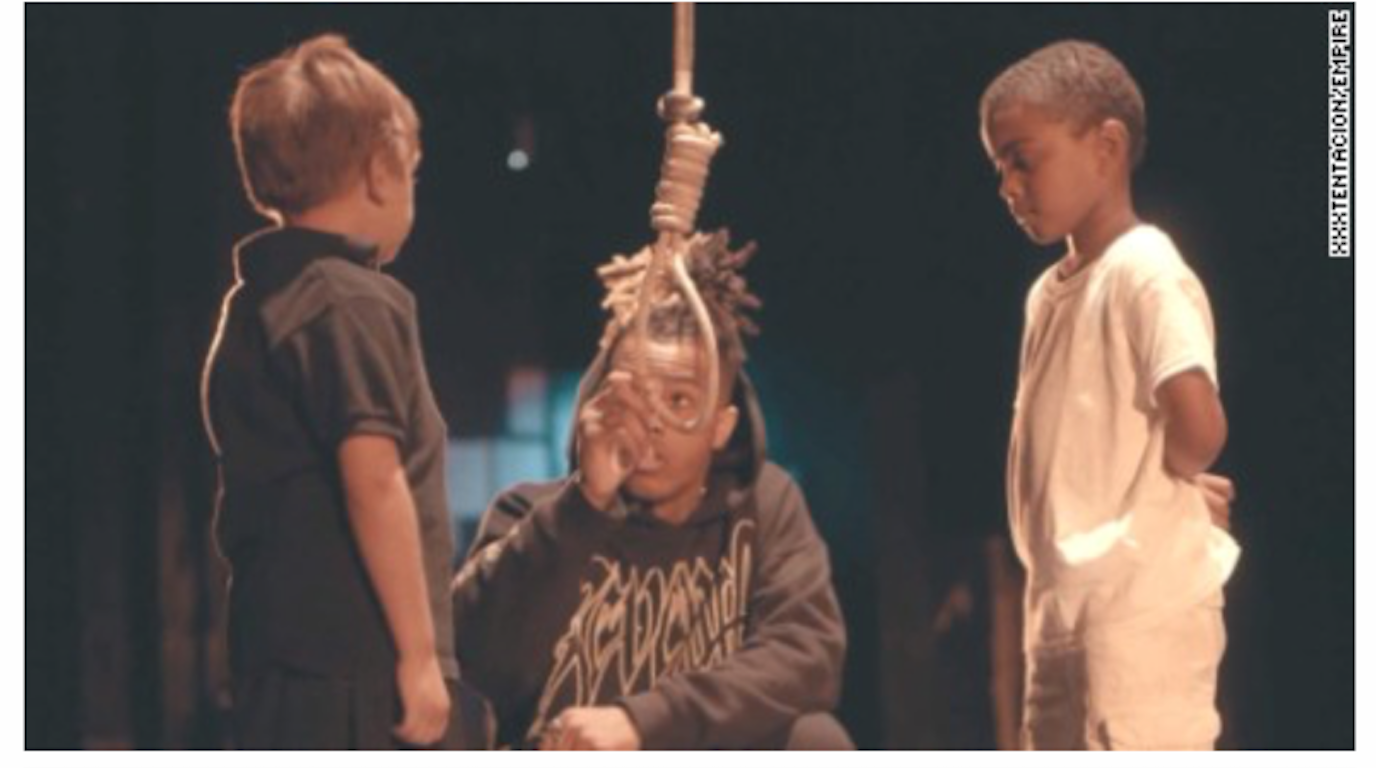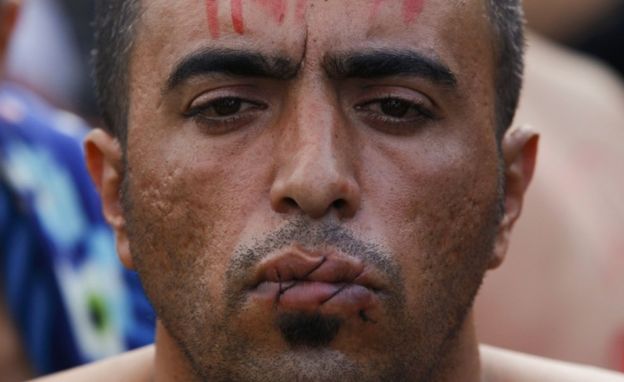The recent Syrian refugee crisis has become such a controversial topic of discussion that it has paved its way into the pop culture scene, as evidenced by the newest music video released by M.I.A. In this video for her song “Borders,” M.I.A. references the current refugee crisis and the global situation surrounding it.
M.I.A. once again strives to “politicize pop” through mimicking the hazardous journeys that millions of refugees make to Europe as well as chastising the response of dozens of European politicians and the creation of border fences to keep migrants out. In the video, directed by M.I.A. herself, the 40-year-old rapper traces the steps of a migrant on his or her journey. She performs her song, standing in front of men hurriedly climbing over barbed wire fences, and is later seen crammed in a small boat with 30-something other refugees. Throughout the music video, the men act out what has been called a “torturous route” that migrants take to sanctuary.
Along with the visual stimulants of the refugee crisis, the lyrics accompany the commentary on the issue. The song’s lyrics include, “Borders, what’s up with that? / Politics, what’s up with that? / Police shots, what’s up with that? / Identities, what’s up with that? / Your privilege, what’s up with that?” The main chorus of the song continues on to say, “Guns blows door to the system, yeah, f**k ‘em when we say we’re not with them / We solid and we don’t need to kick them / This is North, South, East and Western.”
Even for M.I.A., the song lyrics are charged with political energy. This intensity can be attributed to her own personal life; the signer’s own family is made up of Sri Lankan refugees. In a recent tweet after the release of the music video, M.I.A. dedicated the song to her uncle Bala, whom she referred to as “one of the first Tamil migrants to come to the UK.”
M.I.A. herself fled violence in Sri Lanka with her mother and sibling and escaped to London, England at 9 years old. She later explained to The Guardian in 2008, “I was a refugee because of war and now I have a voice in a time when war is the most invested thing on the planet. What I thought I should do with this record is make every refugee kid that came over after me have something to feel good about.”
Through her music video, M.I.A. not only shows solidarity for the Syrian refugees in a time when they are being persecuted, but articulates an important question: Whose lives do you value most? Critics of M.I.A.’s music video argue that she is using people as props and aestheticizing a real crisis for her own profit. However, who she is as a person- a refugee speaking on behalf of refugees- makes this argument null and void.
M.I.A. spends a majority of the song repeating the question, “What’s up with that?” This question is posed not as a condemnation to those who have failed to aid refugees, but as a legitimate question. She is asking again and again: what is your answer? Rather than pointing fingers, M.I.A. is bringing attention to an important issue in today’s society. M.I.A.’s message is not to create dissent among the public, but to call attention to the refugee crisis as a whole in the attempts of raising awareness of this issue. As she said in her song “ATENTion” from 2013, her intention is “to let you know what’s important.”
M.I.A.’s music video for her song “Borders” presents a global issue that is prominent in the world today, and poses a question for her audience to answer. Rather than bringing light to this issue in a controversial or negative way, she is using her talents to reach out to a wider audience. By using music as her form of expression, M.I.A. blends the accessibility of her music with the discussion of prominent social and political issues in the world today. As the refugee crisis is bound to develop in either positive or negative ways, M.I.A. is here to remind everyone, “What’s up with that?”






